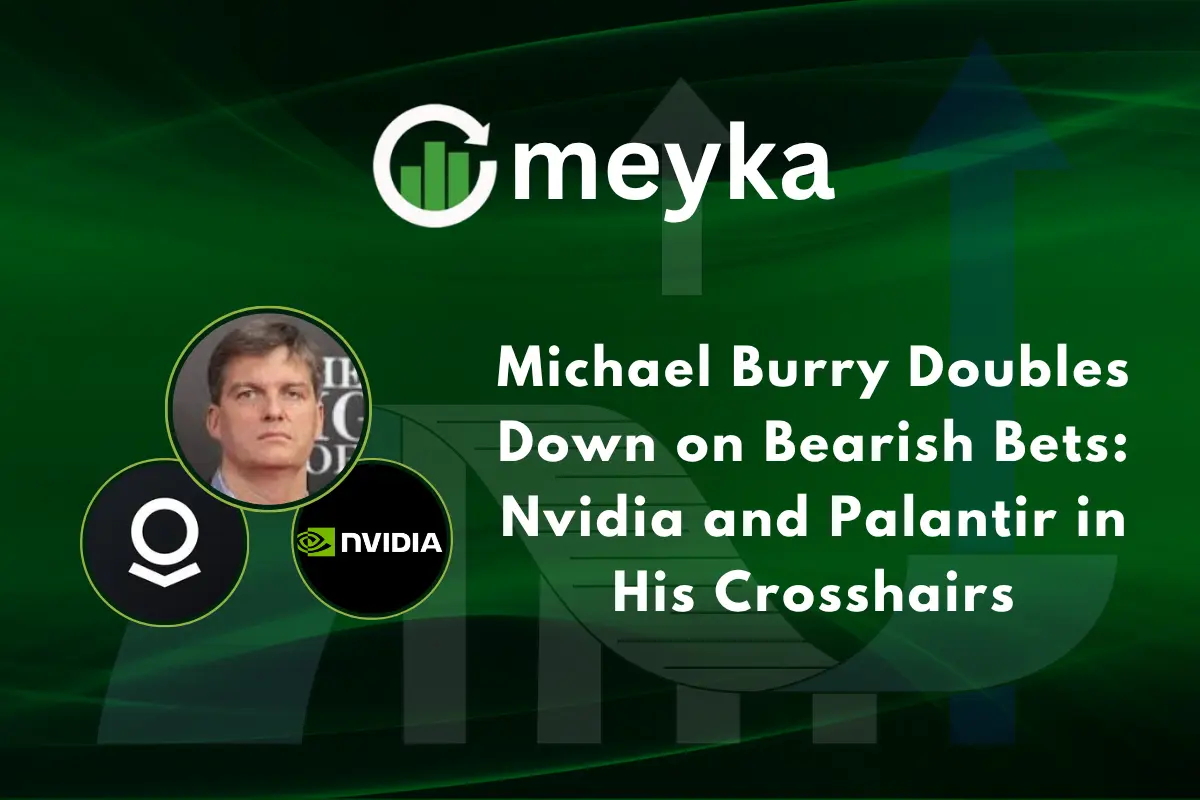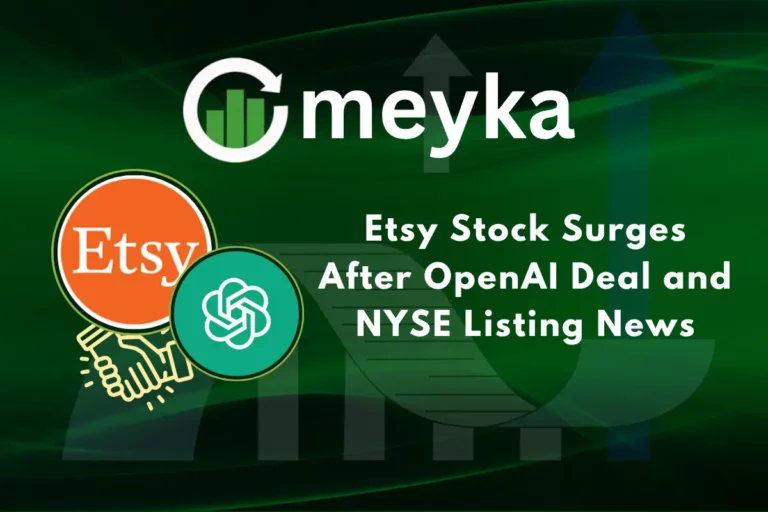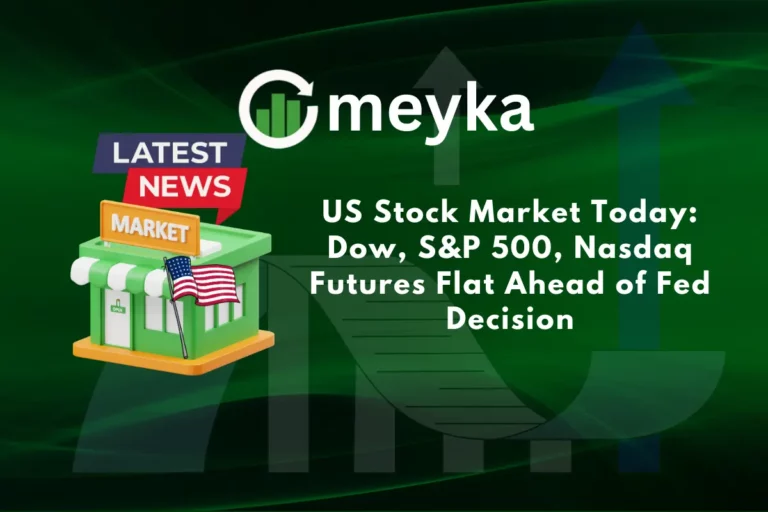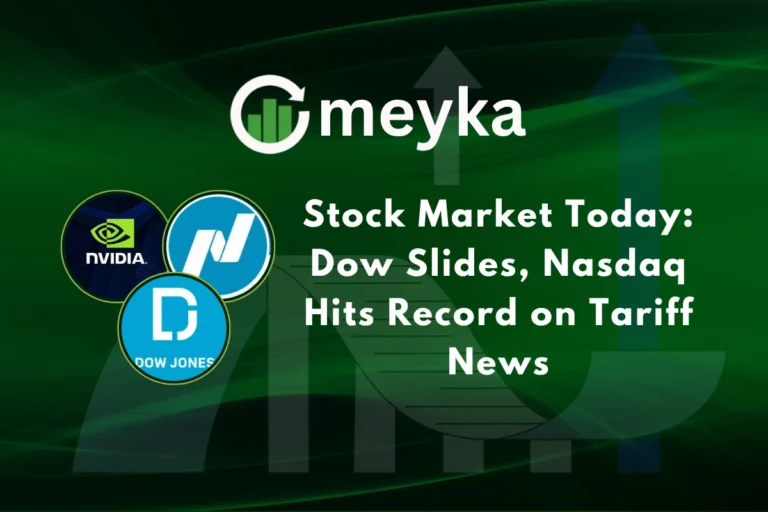Michael Burry Doubles Down on Bearish Bets: Nvidia and Palantir in His Crosshairs
On November 4, 2025, famed investor Michael Burry revealed that his firm, Scion Asset Management, is placing massive bets against two of the hottest tech stocks: NVDA and PLTR. Both companies sit at the heart of the booming artificial-intelligence story, with Nvidia’s chips fueling AI growth and Palantir’s software powering massive data analytics deals.
But Burry believes they may be heading for trouble. He’s not simply cautious; he’s making bold moves to profit if things go wrong. His strategy signals more than just a hunch: it suggests he views the current tech surge as dangerously overheated. For anyone invested in tech or AI stocks, this shift demands attention.
Who Is Michael Burry?
Michael Burry rose to fame for betting against subprime mortgages before the 2008 crash. He runs Scion Asset Management. His style is contrarian. He studies data closely. He often takes big, concentrated bets. That history makes any large move by him newsworthy. Investors watch his filings for clues about risk. His past win gives his warnings weight. Yet timing remains crucial. Burry has been outspoken about bubbles before. His latest actions follow that pattern.
Details of the Latest Bearish Positions
Scion’s most recent quarterly filing, released in early November 2025, shows large put option positions on Nvidia and Palantir. The notional size is close to $1.1 billion, according to reports on November 3-4, 2025. The filing lists millions of put contracts, particularly on Palantir and substantial puts on Nvidia. These instruments gain if the stock prices fall.
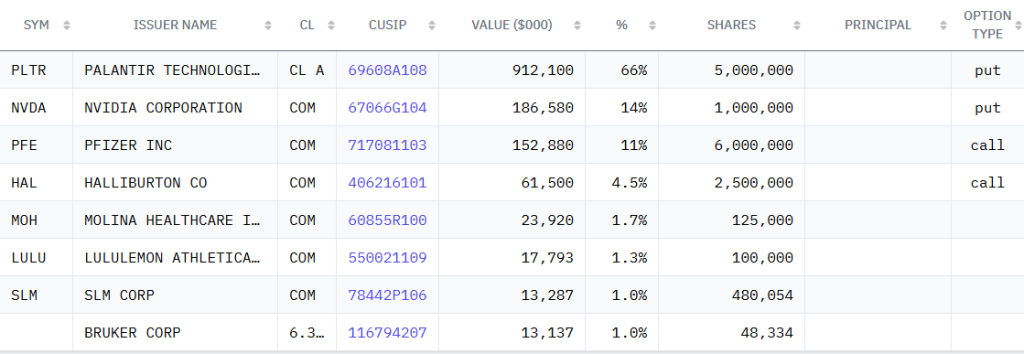
At the same time, Scion added calls in some defensive sectors. The move shifts the firm toward a hedge against an AI-driven rally. Filings and market reports made the positions public on November 3-4, 2025.

Why Nvidia and Palantir?
Nvidia sits at the center of the AI boom. The company’s GPUs power most modern AI training. Nvidia’s market cap has reached historic heights in 2025. Some analysts call its valuation extreme. Metrics like forward P/E rose sharply during 2024–2025. Investors piled in on the expectation of endless AI demand. That creates exposure to disappointment.
Palantir sells software that turns raw data into decisions. It also won big government and defense deals in 2025. Palantir’s revenue jumped in Q3 2025. Yet the stock’s forward P/E soared to very high levels, according to several market reports. Rapid gains attract retail traders and speculative flows. That can push prices beyond what fundamentals justify. Burry appears to view both names as vulnerable to a sharp re-rating.
Market Context: AI Hype and Tech Valuations
The tech run in 2024-2025 centered on AI. Major cloud providers, chipmakers, and software firms benefited. Nvidia became a bellwether. Palantir rode the data analytics and defense narratives. This momentum created a feedback loop. Good news drove buying. Buying amplified valuations. Some strategists warn that the market discounts perfect execution.
Others say growth forecasts already bake in aggressive assumptions. Interest-rate moves, slower enterprise AI adoption, or supply-chain issues could test those assumptions. The filing by Scion highlights that risk.
What does this mean for Retail Investors?
Shorting or buying puts is risky. Timing matters more than insight. A correct thesis can still lose money if market sentiment stays frothy. For retail investors, the lesson is simple: check valuation and time horizon. Long-term holders with diversified portfolios face lower idiosyncratic risk. Traders seeking quick profits should prepare for sharp swings.
Hedging with options can reduce downside, but it costs money. Keep position sizes manageable. Use reliable research and stress-test scenarios. Some analysts even used an AI tool to run downside cases during Q3-Q4 2025.
Expert Reactions and Market Response
Market reaction after the filing was mixed. Palantir reported strong Q3 results on November 3, 2025, and raised guidance. The stock still moved modestly, showing that earnings can soothe investors despite large bearish bets against it. Nvidia’s shares remained volatile as investors parsed chip demand and guidance from management.

Analysts offered divergent takes. Some praised Burry’s caution. Others warned that his timing could be premature given robust revenue trends at both firms. Media outlets highlighted the drama of a famed short-seller targeting AI leaders.
Risks to Burry’s Strategy
Being right about an overvaluation is different from profiting. Stocks can stay overvalued for months or years. Options amplify that timing risk. If Nvidia or Palantir keep gaining, put positions can expire worthless. Macro shifts, such as easing of trade restrictions or new contracts, could lift these stocks. Conversely, a tech pullback would vindicate the bearish trade. The size of Scion’s positions makes the stakes high both for the fund and for market narratives.
Closing Note
The move marks a clear bet against the current AI euphoria. Burry’s filing on November 3-4, 2025, forces a fresh look at valuation and risk. Investors should treat it as data, not gospel. The market often tests bold contrarian calls. That fact separates correct ideas from profitable trades. Watching fundamentals and managing time risk will matter most in any correction.
Frequently Asked Questions (FAQs)
On November 4, 2025, Michael Burry shorted Nvidia and Palantir because he thinks their stock prices are too high and driven by AI market hype.
As of November 4, 2025, Burry’s firm, Scion Asset Management, reported about $1.1 billion in put options against Nvidia and Palantir in its SEC filing.
If Burry’s view is correct, stocks like Nvidia and Palantir may drop fast as investors lose confidence and shift away from risky AI-based companies.
Disclaimer: The content shared by Meyka AI PTY LTD is solely for research and informational purposes. Meyka is not a financial advisory service, and the information provided should not be considered investment or trading advice.
